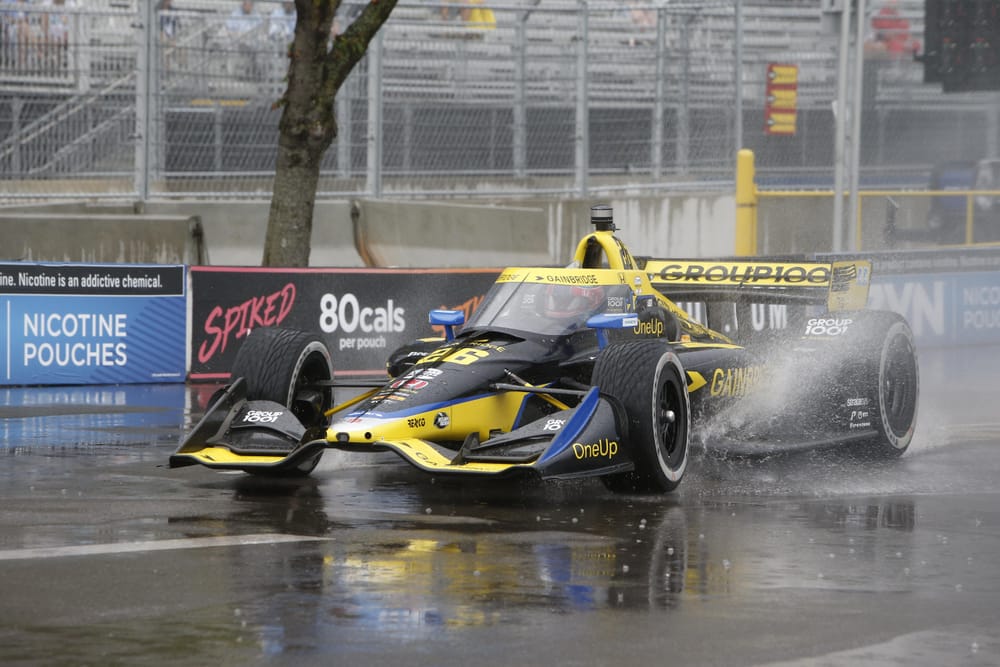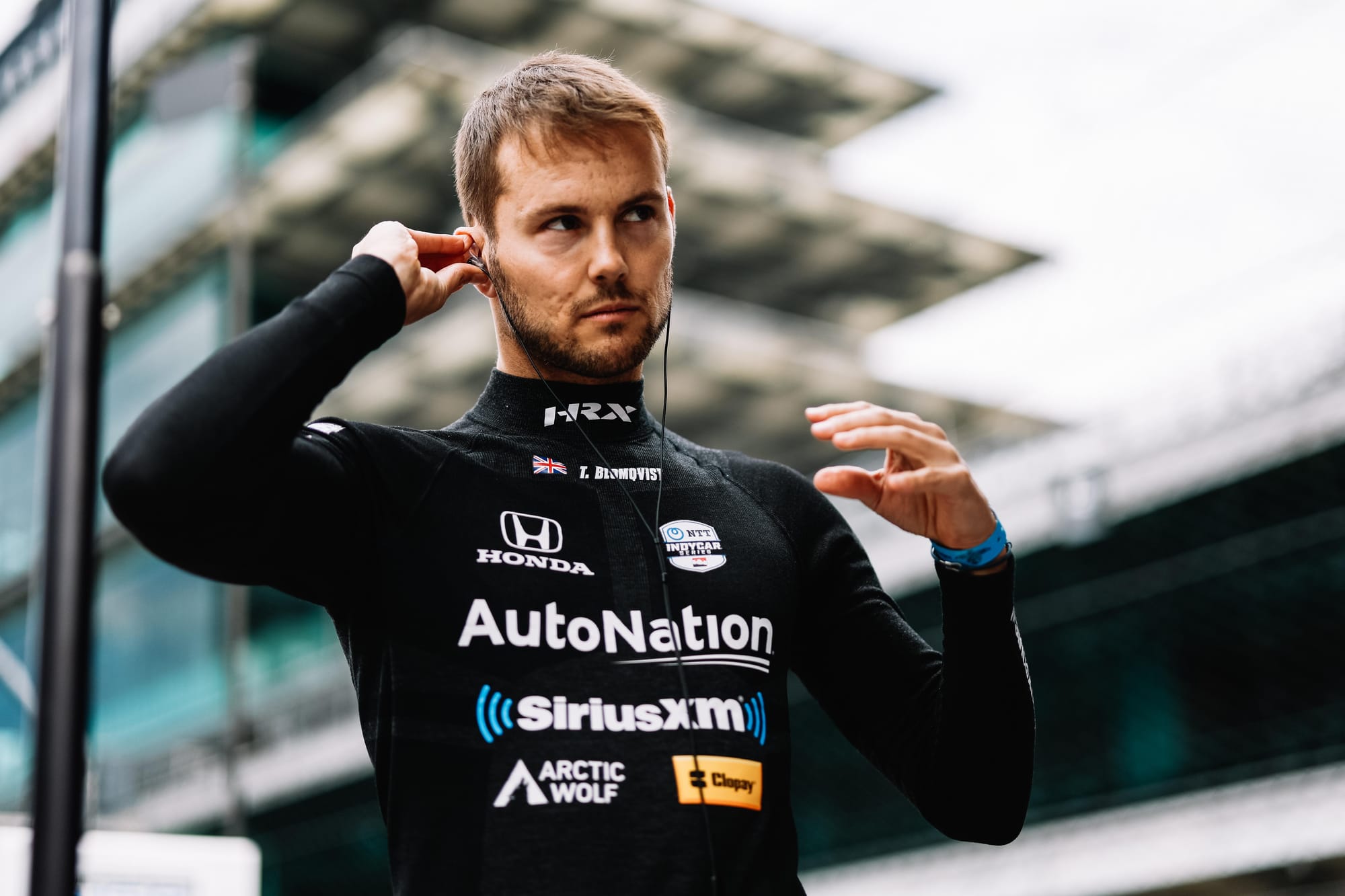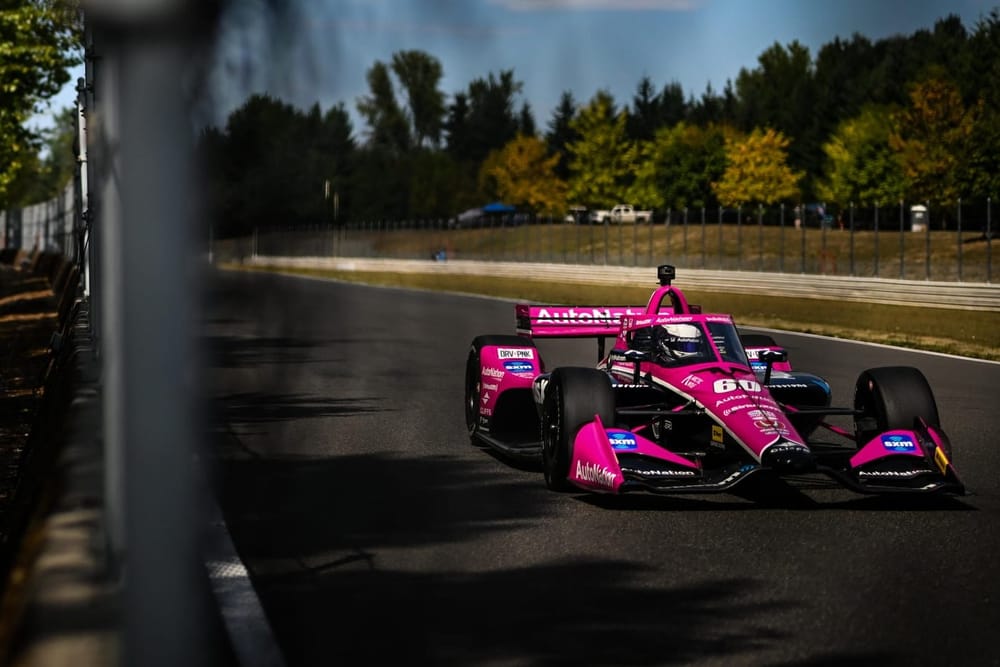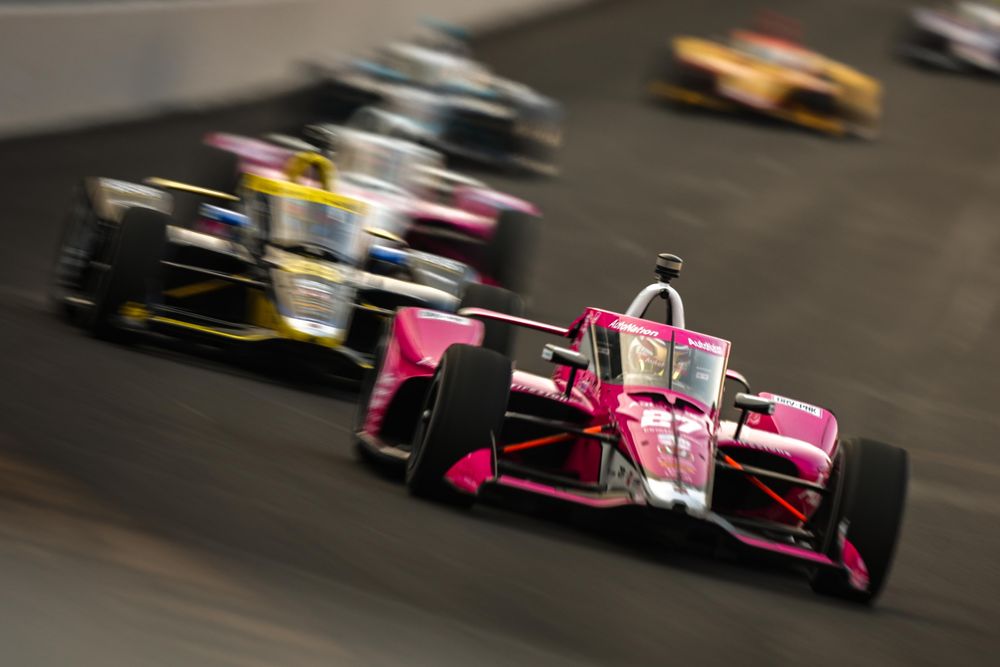Having gone six years without an Indianapolis 500 win and 11 years without an IndyCar title, Andretti has not shied away from accepting that things must change.
For the second time in four seasons, the team will switch to running one car fewer - slimming down to three entries from four for this season, having already cut down from five full-time cars to four in 2021.
This was big news when it happened, but the move came during the off-season. Only now, after IndyCar’s annual media day, have the drivers discussed it in more detail.
On the face of it, it would be easy to call it a ‘reductive’ effort. We’re constantly hearing about teams that want to expand, that want more cars on track to collect more and better data every time there’s a session.
But to hold that view would miss the point of where Andretti has been going wrong in recent years and where it needs to make gains.
Its pace has been undeniable on a certain type of track - street circuits - and even on road courses it has been extremely strong. It won two more races than McLaren last year and regularly fought for poles and wins.
But Andretti's issues come on race day. For all four of its cars last year, the average finish was worse than the average start, which isn’t usually the case for top teams.
Excessive tyre wear, pitstop errors and strategy miscues combined with driver errors account for a lot of that.
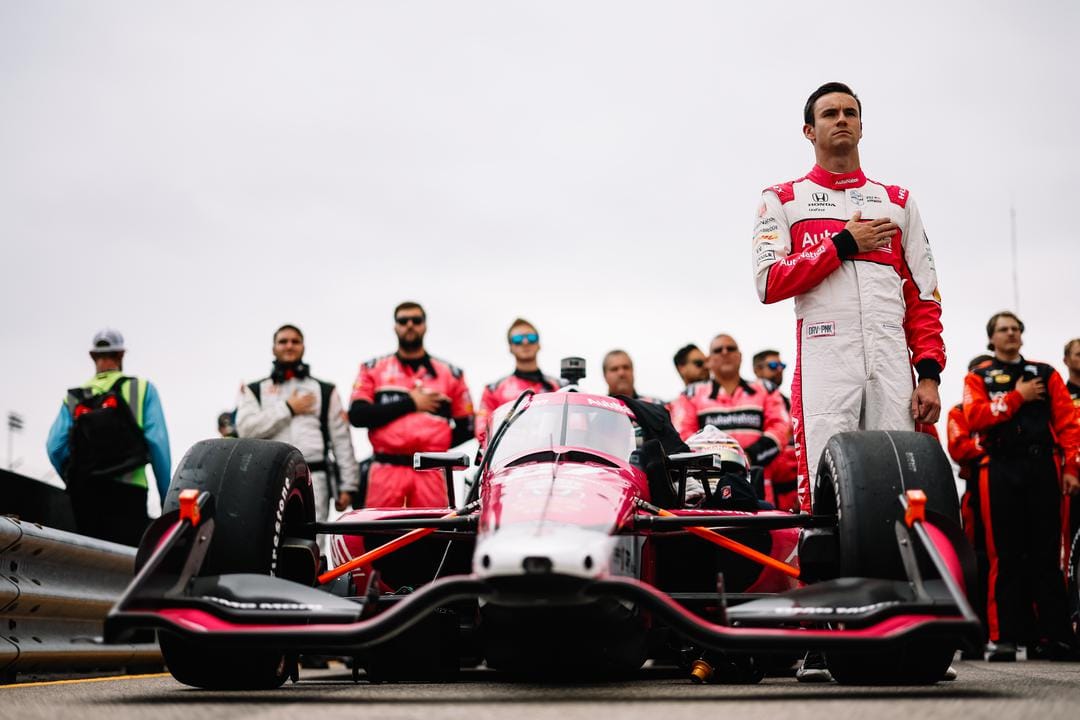
One new piece of information, via sophomore driver Kyle Kirkwood, is that the team hasn’t lost personnel despite slimming down.
That means it can spread out its best personnel across three cars, have some great back-ups to sub in when there’s fatigue among the pit crew, and have a spare pair of hands for problem-solving across a weekend or longer-term in a more zoomed-out way.
“We can really focus on getting three great crews on the cars, a great group of engineers on each car,” says Marcus Ericsson, who has moved to Andretti from a Ganassi team that won the championship last year and is itself expanding from four cars to five for 2024.
“It's more people that are focusing on fewer cars, so in theory I think that should be better.”
“I think it's going to be a benefit,” adds Kirkwood.
“To be honest, we haven't changed the amount of people that are on the team, so us having a four-car personnel that was very sufficient and dropping it down to three cars and having the same people, if not more people, is great.
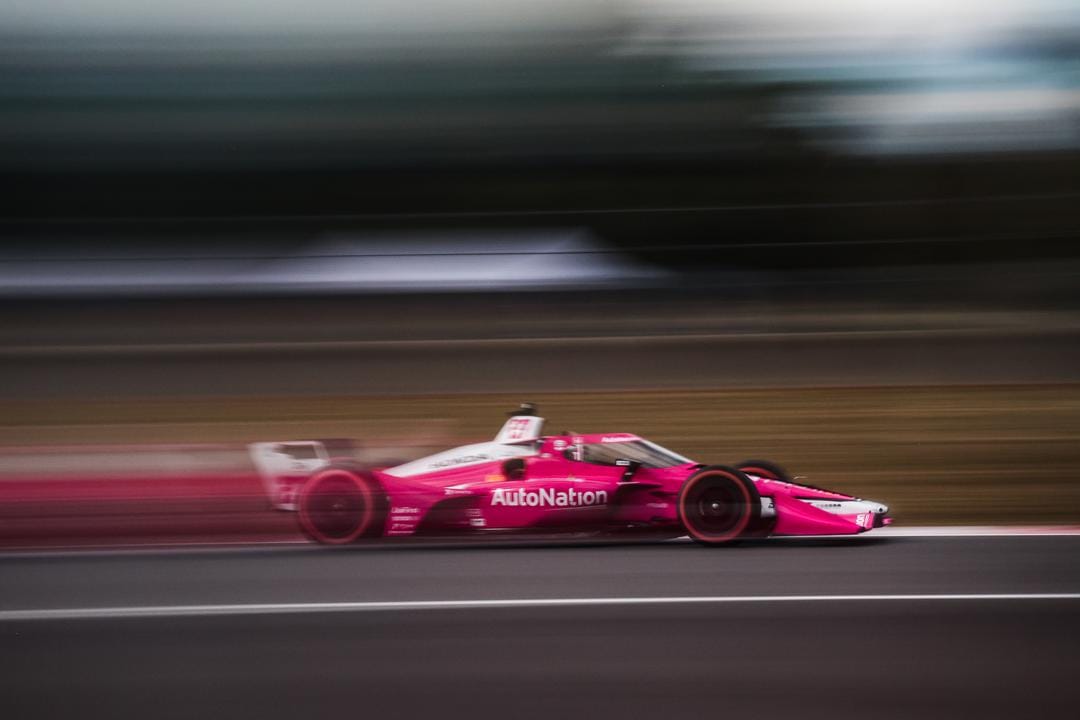
“It just gives us more resources, takes weight off some engineers' shoulders, off some of the crews' shoulders, and kind of makes everything more fluid.
“I think it's going to be a great thing for our team. It's working well so far.
“Me, Colton [Herta], and Marcus have got along very, very well, and I imagine it's going to keep going down that road and just keep getting better.”
Regaining momentum
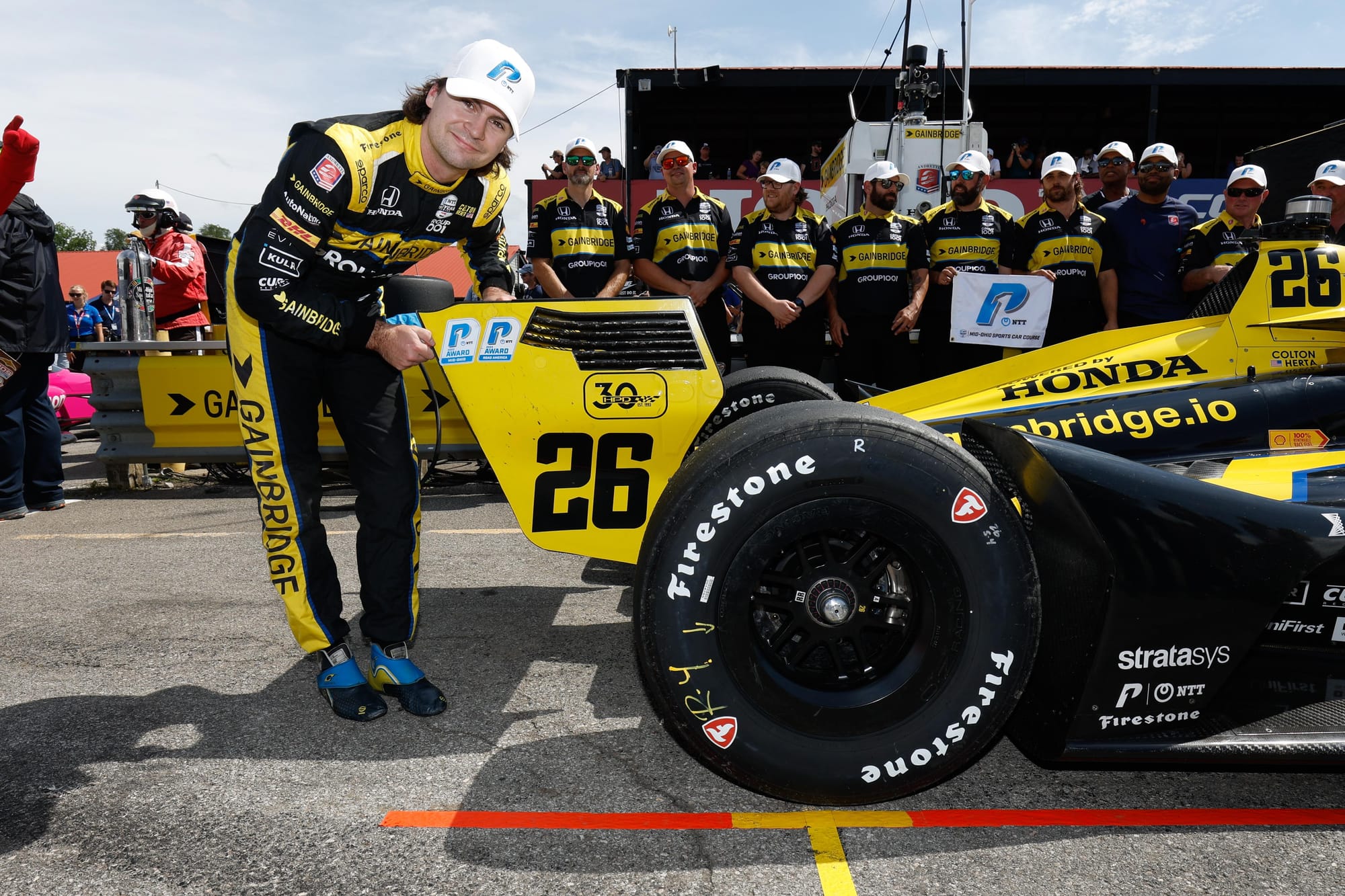
Expectations will be high for Ericsson coming into the team, as his racecraft is exemplary and while he isn’t the best qualifier in the field, there’s a general feeling he gives this team a level of gravitas and experience in a sharp-end package it hasn’t had in recent years.
Plenty is expected from Kirkwood, too, who gave Andretti its two wins in 2023 but can still have a tendency to take risks and make mistakes that can undermine his ability and potential.
Kyle Kirkwood spins racing the #INDYCAR championship leader!
— INDYCAR on NBC (@IndyCaronNBC) July 2, 2023
Take a look at his battle with Alex Palou. pic.twitter.com/HW3W0hRzwI
That leaves Colton Herta, who arguably has the heaviest weight of expectation on his shoulders for 2024. Kirkwood outshone him in 2023 and as IndyCar’s highest-paid driver - if you believe the paddock gossip, anyway - Herta needs to have fewer errors and a well-performing team behind him to realise what he’s capable of in 2024.
Herta’s almost two years younger than Kirkwood but has five years of IndyCar experience versus Kirkwood’s two, so his fellow American is a bit of a worry given what he was able to achieve in his first season with the team.
“I think it was a season of 'what could have gone wrong, did',” says Herta, matter-of-factly. “It was just kind of all over the place.
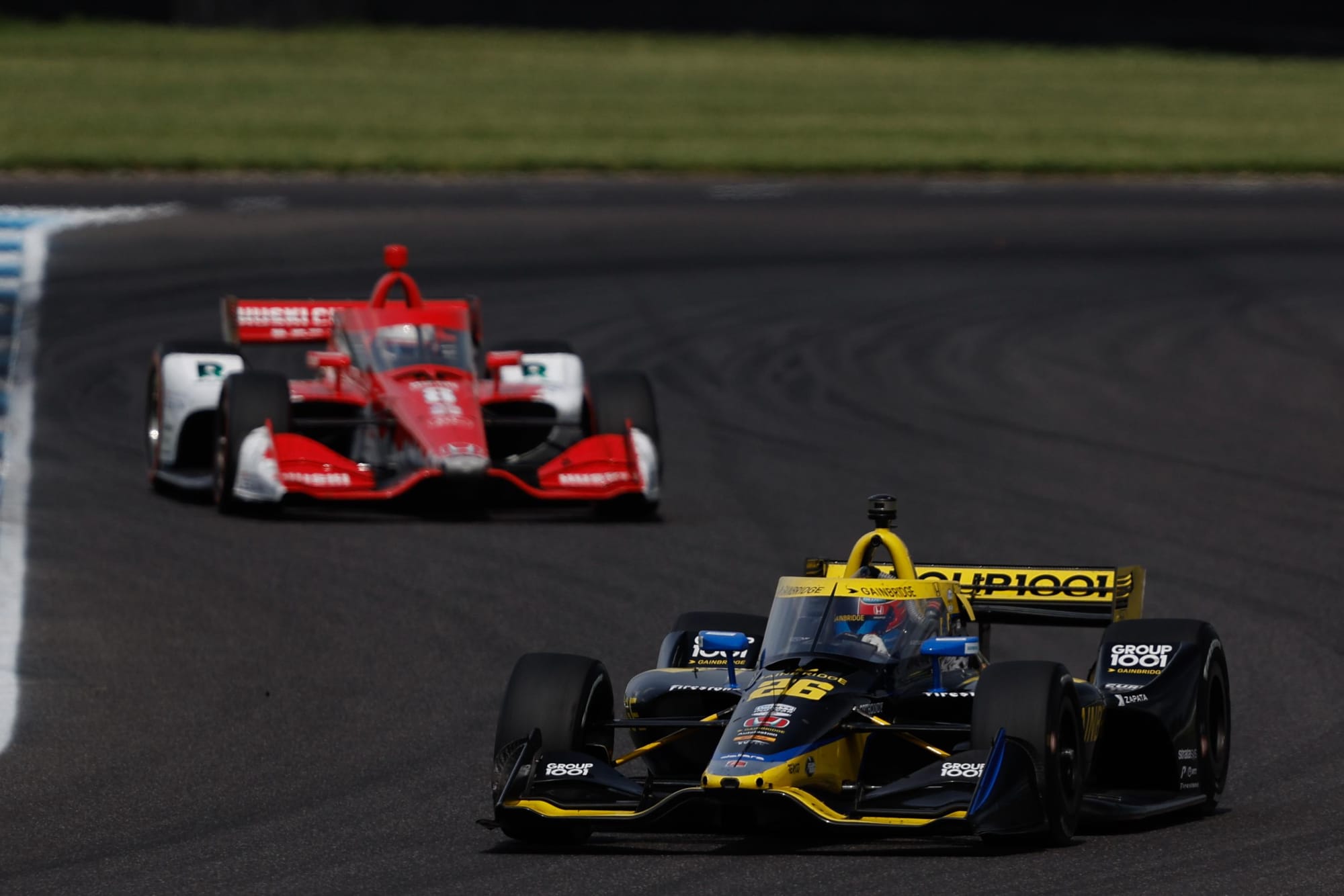
"It was probably my worst season in IndyCar, with only two poles and one podium, no win. It was the first time in my career that I haven't had a win in a year.
“The goal is to obviously get that back, and kind of going forward, working on the tempo through races and just having a more consistent weekend.
“There were some things that were definitely out of our control, and there were a lot of things that were in our control.
“So [the off-season is about] looking back at some of those races where we had mistakes, making sure that we note those down and stuff like that doesn't happen again for sure.”
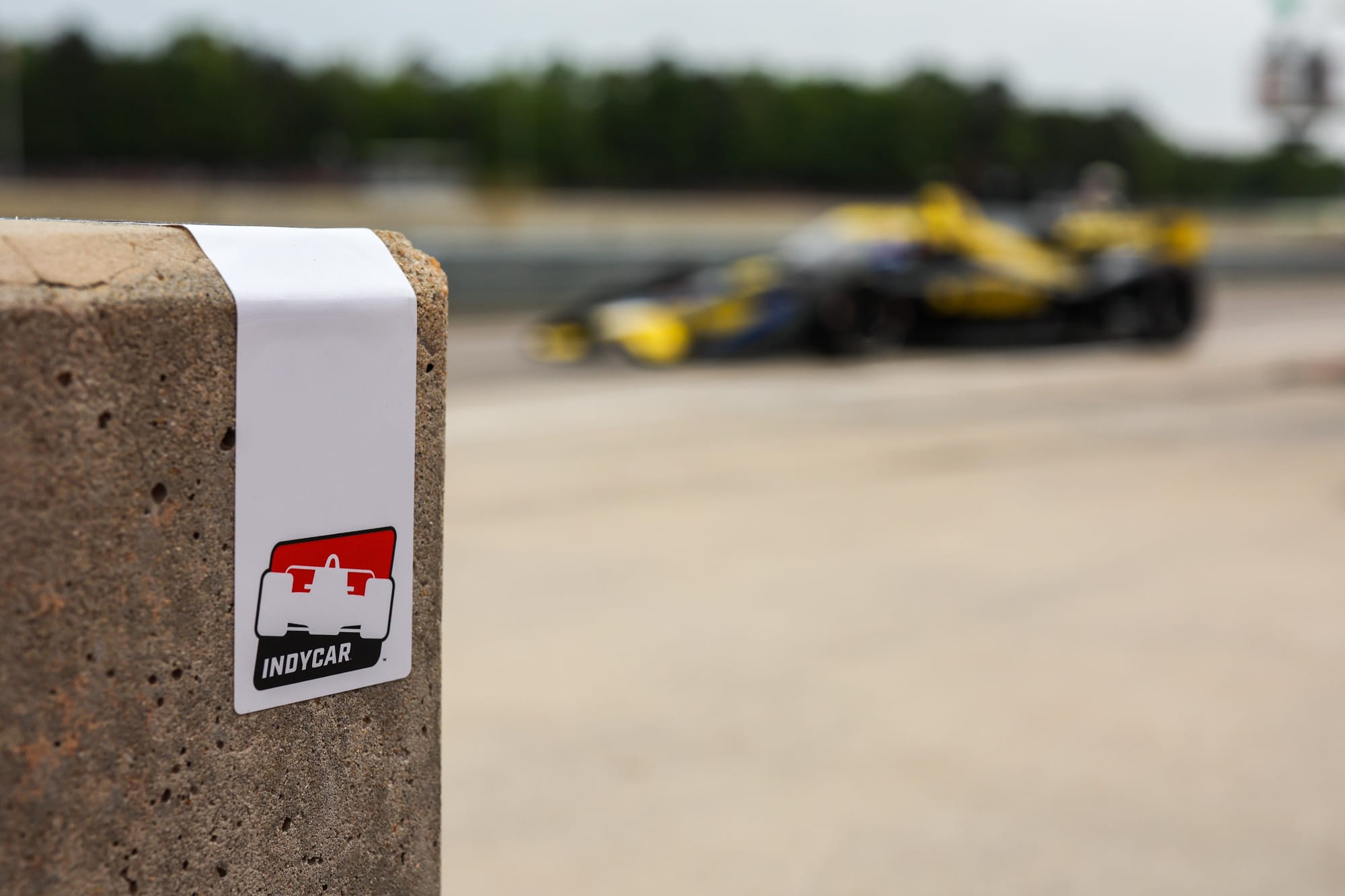
He’ll certainly need to work on conserving his tyres - albeit that’s not necessarily a ‘Herta’ problem as much as something Andretti has been poor with at times - alongside executing more consistently to reclaim his de facto team leader role at the squad he’s called home for most of his IndyCar career.
The team's faith in him hasn't gone anywhere.
Michael Andretti said last year that if he were to successfully start a Formula 1 team, Herta is still his primary candidate, although he doesn’t have a superlicence and getting one is going to be tough with IndyCar’s suffocating licence points allocation from the FIA.
Herta is well aware of his window closing.
“It's very time-sensitive,” says the 23-year-old. “I’m probably at the highest age that I could probably go over there with a team, maybe besides Andretti.”
Even when links to an F1 seat have been at their most intense, the softly-spoken Herta has maintained his focus is always on IndyCar. He doesn’t bother himself with what the media thinks or outside noise.
'More time in the spotlight'
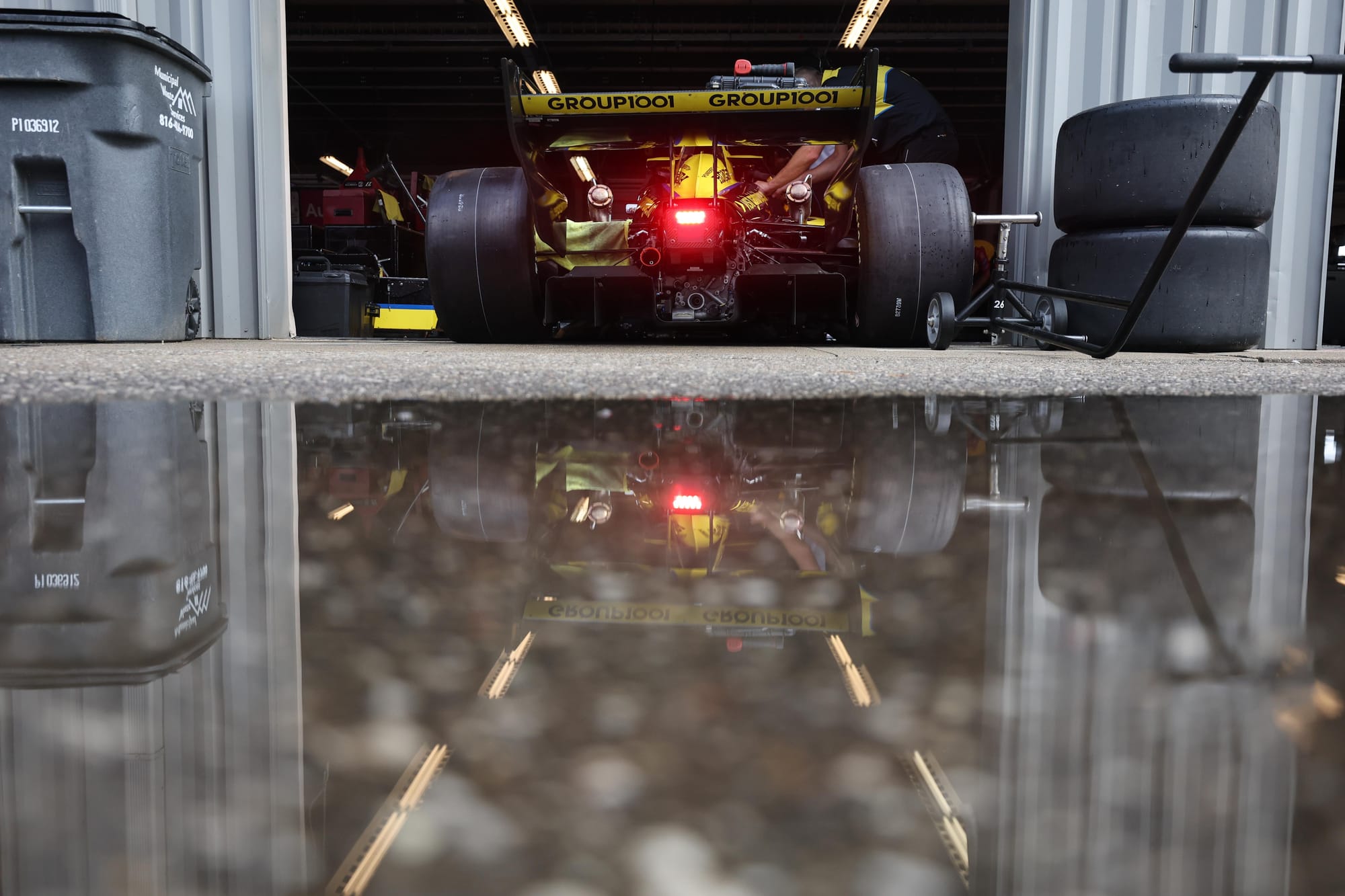
If it’s a big 2024 Herta needs, then he also must be delighted about the changes the team is making for the season in reducing its number of cars.
“We have a lot of great guys at this team," he says.
“Obviously it's a full plate. When you're talking about mechanics and engineers, what they have to do when they go do simulator days or some post rig days and windtunnel days, it's a lot for them.
“So being able to kind of concentrate on three entries, dialling in the speedway cars when you have one less to worry about, you can spend more time on them.
"Everybody gets a little more time in the spotlight for sure, when you dial that back.
“It's the same amount of people on the team, but it's just one less car. So we have a lot more kind of in-depth look at each driver and each car and how things are going on the race weekend.”
With Ericsson bringing more racing life experience than his young team-mates, as well as a level of racecraft regularly talked up by the field and years of babysitting Pirelli tyres in F1, he’s in many ways the perfect addition for Herta and Kirkwood to take something from.
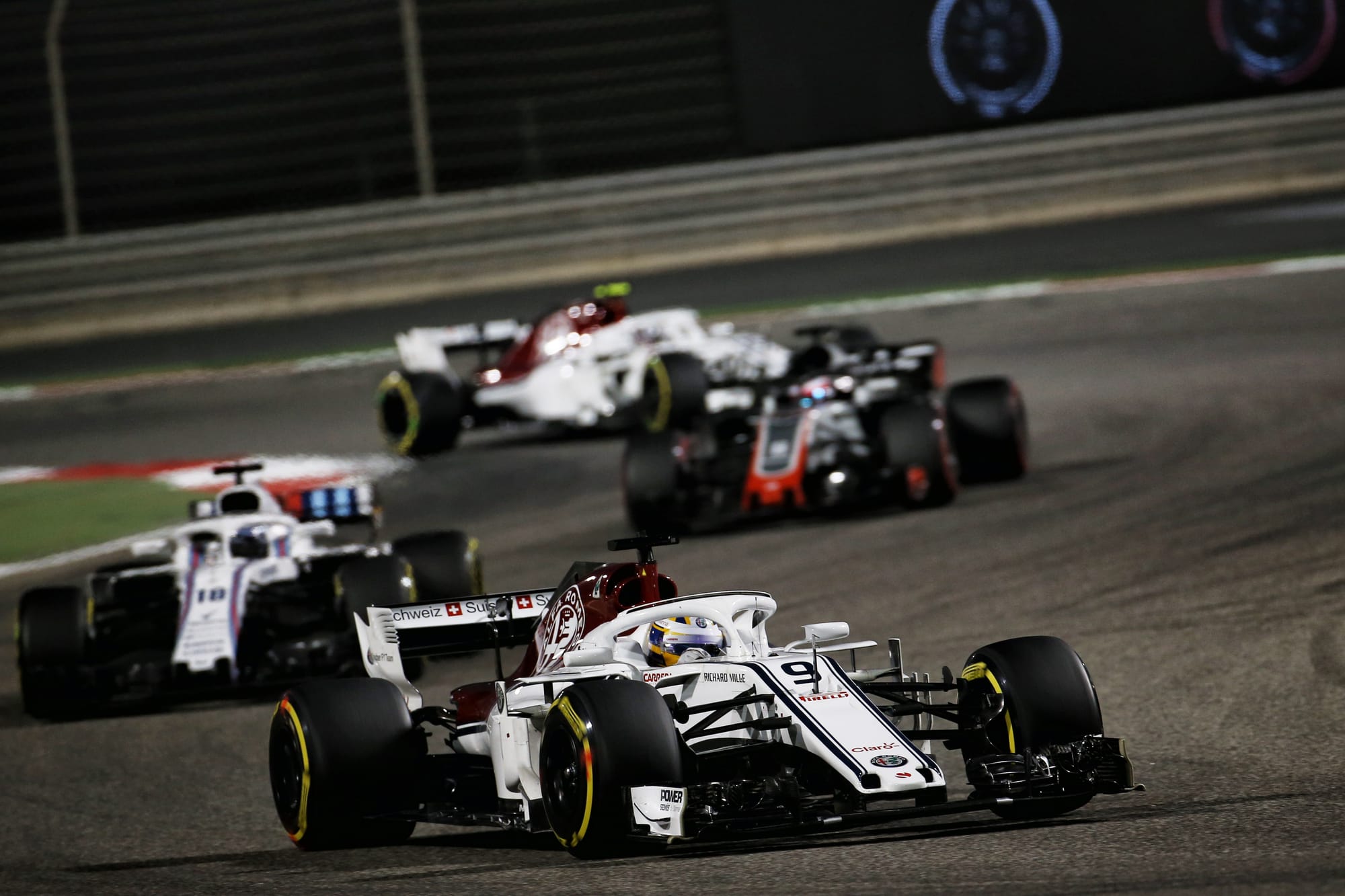
And who knows, Ericsson might be able to unlock a level of one-lap pace he’s yet to access in IndyCar, as Andretti has been brilliant in qualifying.
Even having reduced its number of cars, it still has five data points thanks to its engineering partnership with the two-car Meyer Shank squad, so it won’t be short of race weekend data.
It’s not short on people now either, and given that Andretti has already nailed what is the hardest thing in IndyCar - having one of the fastest cars - the rest of the issues seem fixable if everybody pulls their weight.
All that remains is to see how quickly its changes are married together, and how good its rate of development in the off-season has been versus the competition.
Improving on short ovals specifically has been the goal for the last couple of off-seasons and it will need to make strides with its road course package, too.
But it has the people, focused in the right areas, to be able to make a big step in 2024.


